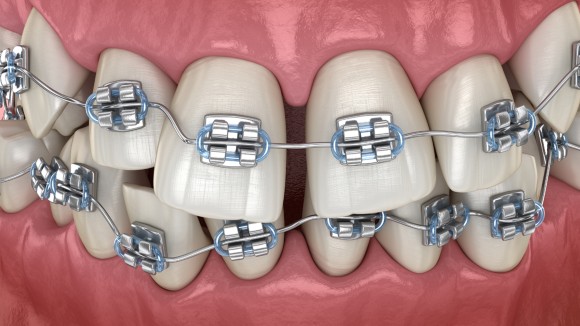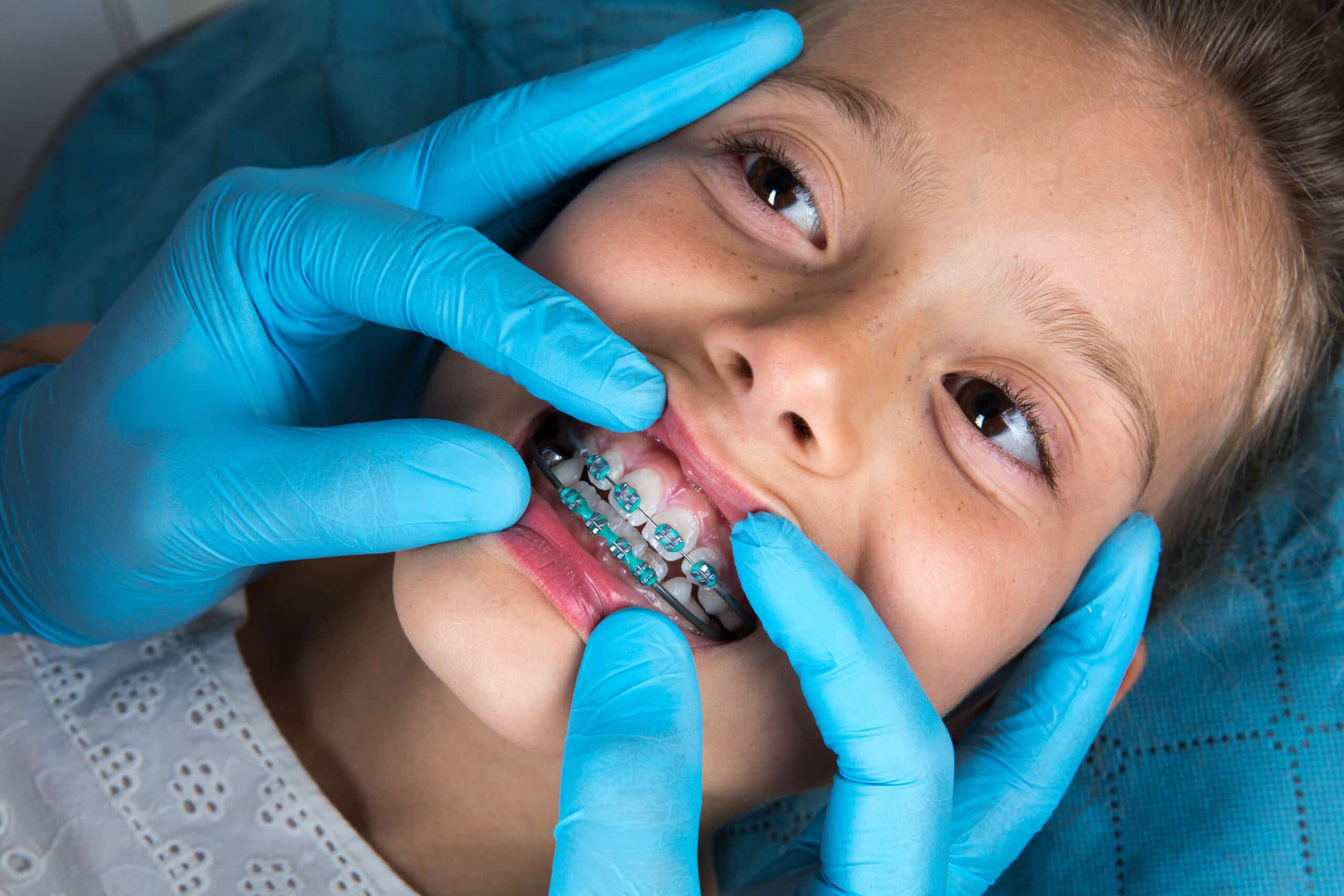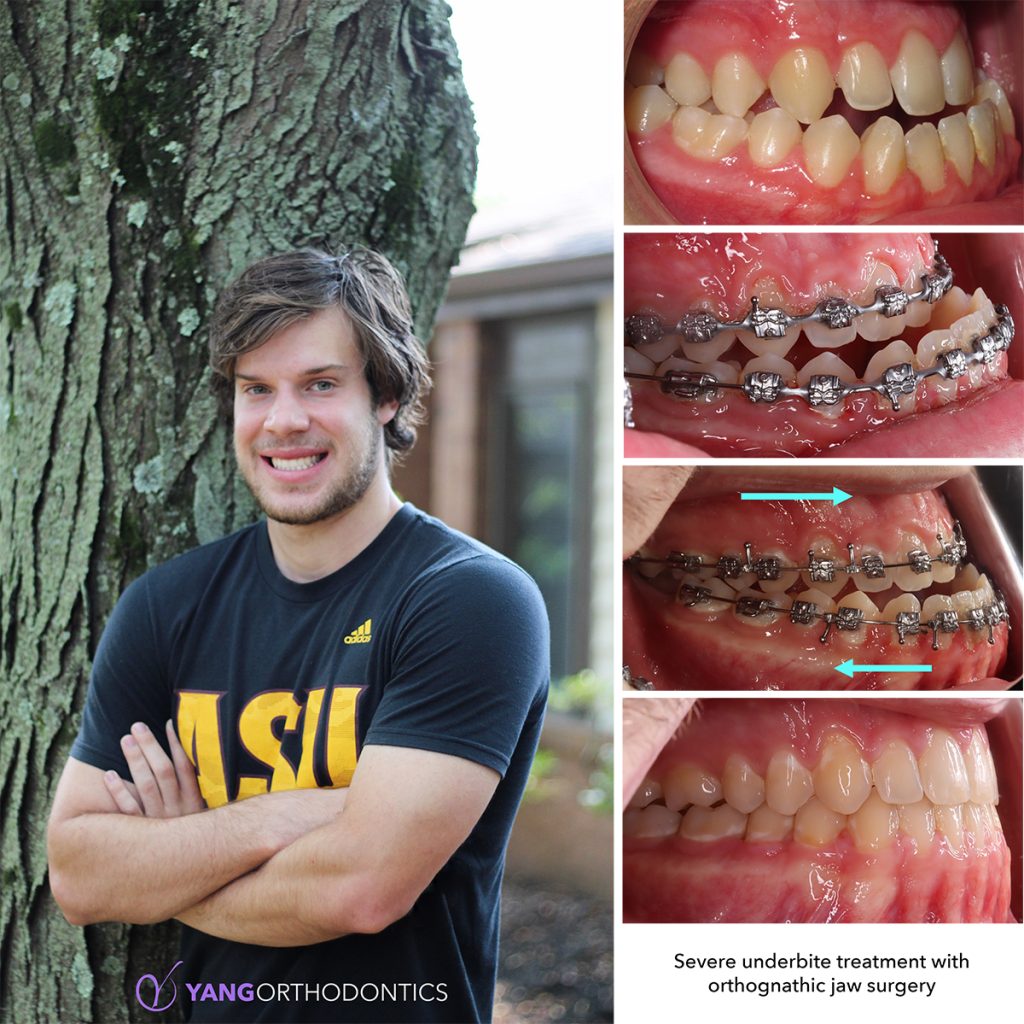Every Little Thing You Need to Learn About Braces, Aligners, and Retainers
Orthodontic therapies such as aligners, retainers, and braces play an important duty in attaining a straighter and healthier smile. Each of these orthodontic devices offers a specific function in remedying oral imbalances and bite concerns. From conventional dental braces to modern aligners, there are different options available to deal with individual demands and preferences. Understanding the differences, benefits, and maintenance requirements of these orthodontic tools is important for anyone taking into consideration improving their dental placement. The journey to a flawlessly lined up smile involves even more than just aesthetics; it impacts total oral wellness and well-being.
Kinds of Orthodontic Treatments
Orthodontic treatments incorporate numerous techniques targeted at dealing with and straightening teeth for enhanced oral health and wellness and appearances. One of the most common kind of orthodontic treatment is standard dental braces, being composed of steel braces adhered to the teeth and linked by cords. These dental braces gradually change teeth right into the preferred placement via regular adjustments by an orthodontist.
One more popular choice is ceramic dental braces, which are much less noticeable than metal braces due to their tooth-colored or clear brackets. Lingual dental braces are affixed to the rear of the teeth, making them virtually unseen from the outside. For those seeking a much more discreet choice, clear aligners like Invisalign supply a detachable and clear choice to traditional braces.

Pros and Disadvantages of Braces
When thinking about orthodontic therapy options, it is necessary to weigh the advantages and disadvantages of braces. Dental braces are very effective in dealing with a vast array of oral problems such as jagged teeth, congestion, imbalance, and bite troubles. One of the main benefits of dental braces is their reliability in providing precise and predictable outcomes over a defined therapy period. They are also suitable for clients of any ages, making them a versatile alternative for orthodontic care. Furthermore, dental braces can aid boost oral wellness by boosting the positioning of teeth, which can decrease the risk of tooth degeneration, gum tissue condition, and other dental problems over time.
Nevertheless, there are some drawbacks to think about when selecting dental braces. The most typical issues consist of discomfort and prospective mouth sores during the first change period. Maintenance can also be challenging, requiring regular oral brows through for adjustments and regular cleansing to avoid food bits from obtaining caught. One more aesthetic factor to consider is the exposure of standard steel dental braces, which might affect the user's self-confidence during treatment. Regardless of these downsides, the tested performance of dental braces in achieving optimum oral alignment often exceeds the cons for lots of clients - orthodontics.
Advantages of Aligners
A progressively popular alternative to standard braces, aligners use numerous benefits in orthodontic therapy. Among the key advantages of aligners is their virtually invisible appearance, making them a very discreet alternative for people looking for to straighten their teeth without drawing interest to their orthodontic therapy. Aligners are additionally removable, allowing individuals to quickly clean and floss their teeth, leading to better oral hygiene during treatment compared to traditional braces. This feature additionally means that there are no food limitations, providing more flexibility in nutritional selections.
Furthermore, aligners typically require less sees to the orthodontist for modifications, as contrasted to braces, which can be a practical aspect for individuals with hectic routines. The treatment process with aligners is typically much more comfy, as there are no steel brackets or cables that might cause inflammation to the mouth. Furthermore, aligners can often attain lead to a shorter timespan than traditional dental braces, depending upon the intricacy of the orthodontic concerns being resolved.

Importance of Retainers
The relevance of retainers in preserving orthodontic treatment results can not be overemphasized. Retainers play a vital duty in preserving the outcomes accomplished with aligners or dental braces. After the first stage of orthodontic therapy, where dental braces or aligners are used to correct the alignment of teeth and right bite concerns, retainers are important for protecting against the teeth from shifting back to their initial setting.
Retainers important site help to support the teeth in their new straightened setting, allowing the supporting structures in the mouth to adapt to the changes. Without appropriate retainer wear, there is a risk of relapse, where the teeth gradually return towards their pre-treatment positioning. This can reverse all the progression made throughout the orthodontic therapy, leading to the need for added intervention.
It is recommended to wear retainers as routed by your orthodontist to preserve the outcomes of your therapy in the long term. Generally, retainers are initially used full time and after that transitioned to nighttime wear once the orthodontist identifies it is proper. Constant retainer usage is crucial to making certain an enduring, lovely smile.
Maintenance Tips for Orthodontic Equipments
Appropriate treatment and upkeep of orthodontic devices are essential for ensuring their performance and longevity. Braces, aligners, and retainers need persistent interest to maintain them in ideal condition throughout the treatment process. When wearing braces, it is critical to maintain good dental health by cleaning after every dish and flossing everyday to stop plaque build-up. Preventing hard, sticky foods can likewise protect against damages to the braces. Regular check-ups with your orthodontist are needed to ensure that the dental braces are readjusted correctly and are functioning as intended.

Final Thought
Finally, orthodontic treatments such as aligners, dental braces, and retainers play a critical role in fixing oral concerns and enhancing general oral health. Each therapy alternative has its very own benefits and drawbacks, and it is very important to adhere to appropriate maintenance tips to try this make sure the efficiency of the have a peek at this website appliances. Whether it is braces for a lot more serious instances or aligners for a much more very discreet choice, speaking with a dental specialist will help establish the most effective therapy prepare for private needs.
Orthodontic treatments such as aligners, dental braces, and retainers play a vital function in attaining a straighter and healthier smile.Another preferred alternative is ceramic braces, which are much less obvious than metal braces due to their tooth-colored or clear braces.In some cases, after dental braces or aligner treatment, retainers are essential to maintain the recently aligned placement of the teeth. After the preliminary phase of orthodontic treatment, where aligners or dental braces are made use of to align teeth and appropriate bite concerns, retainers are important for preventing the teeth from changing back to their original setting.
In final thought, orthodontic therapies such as dental braces, retainers, and aligners play a vital function in fixing oral problems and improving overall dental wellness. - orthodontics